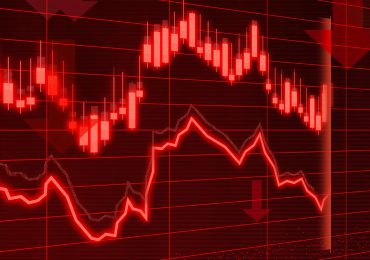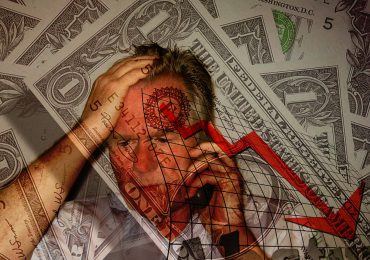An article in last month’s Barron’s offer six reasons why equity investors should not be put off by a flattening yield curve (the difference between the yields on the 10-year and two-year Treasuries), which it says, “has a long history as a recession indicator with a near-perfect record in the past.”
- The yield curve may not be signaling a weakening U.S. economy.Short-term rates, the article explains, are primarily driven by Fed policy, which reflects domestic economic strength. Long-term yields, on the other hand, are more impacted by the global bond market.
- There are no other signs of a looming recession.Throughout history, an inverted yield curve has been joined by other red flags signaling impending economic downturn, but such is not the case this time.
- The Fed can keep the curve from inverting.Although the long-end of the curve is traditionally considered to be free from central bank manipulation, that may no longer be true according to Vincent Deluard of INTL FCStone Financial. He says, “The yield curve is no longer the careful judgement of wise long-term investors, but the Frankenstein-like creation of central bankers.”
- The curve can remain flat for years, which is what happened from 1995 to 1999 (according to Gavekal Research).
- An inverted yield curve, if it does happen, doesn’t tell us exactly when a recession would start.
- An inverted yield curve often represents a buying opportunity.During each of the past seven economic cycles the S&P 500 has showed gains in the six months before a yield-curve inversion, says an analyst from Canaccord Genuity.




